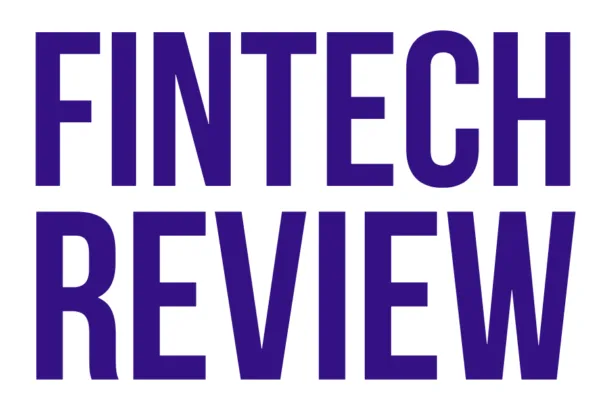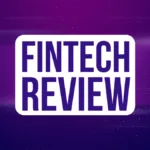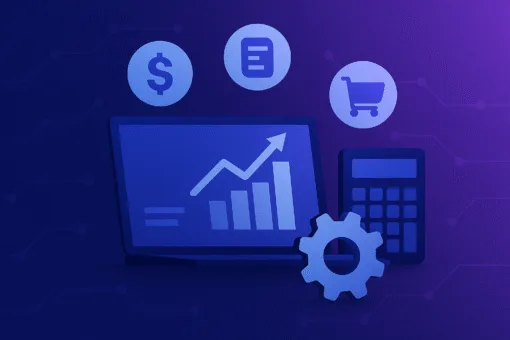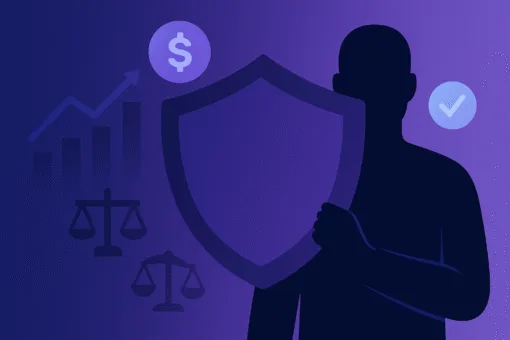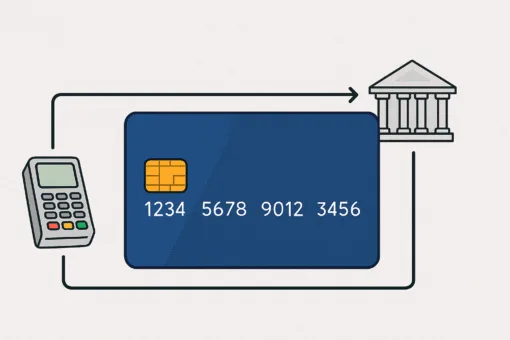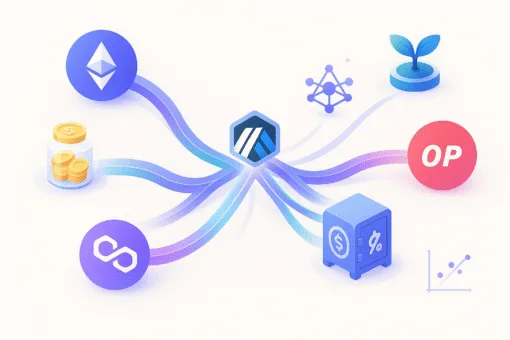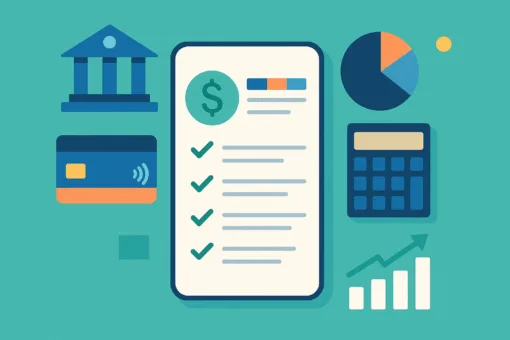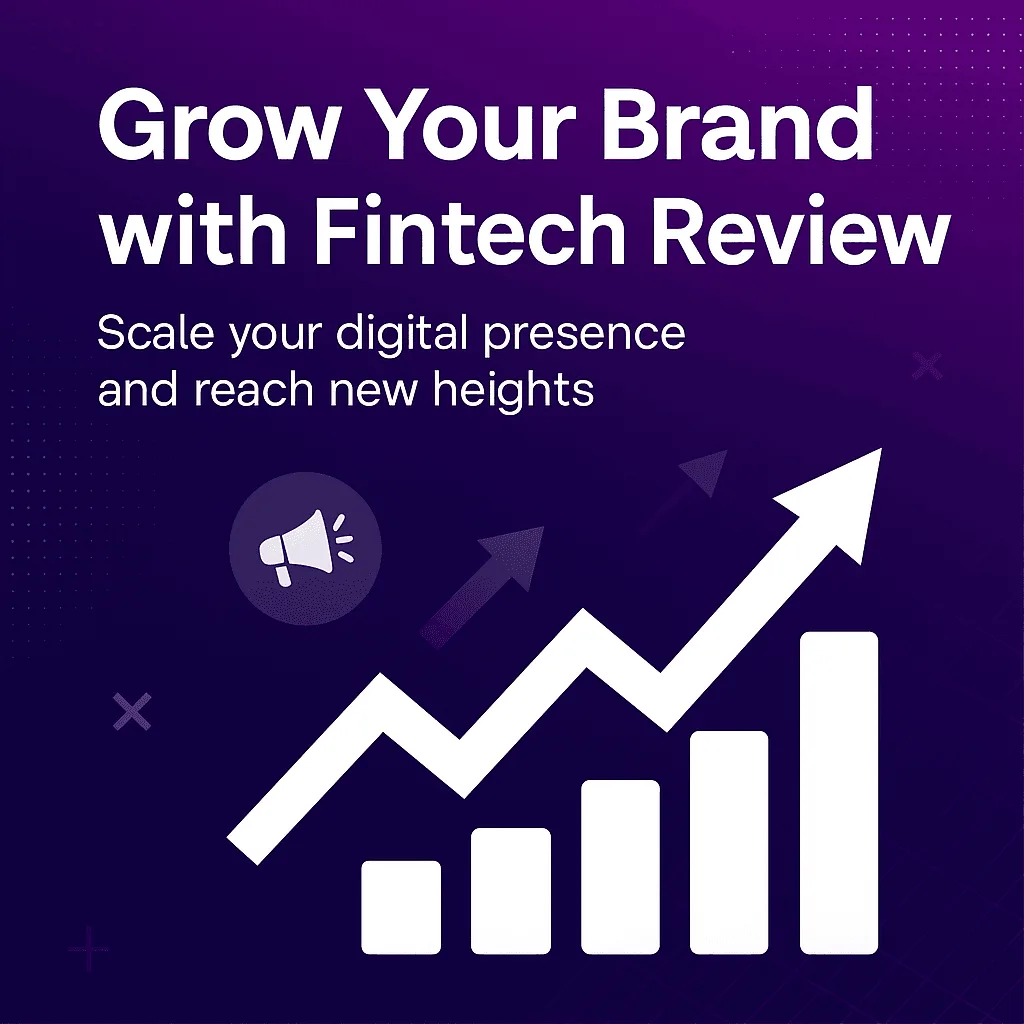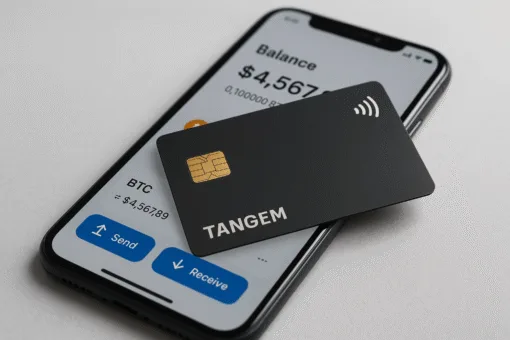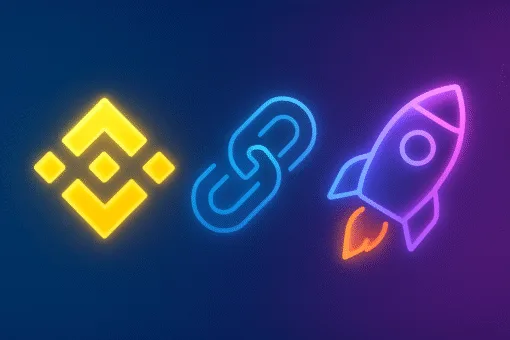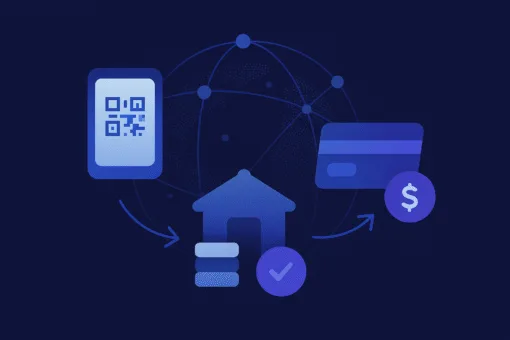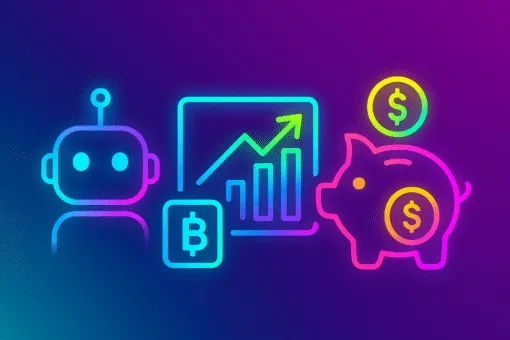Maybe that sounds like a silly question to ask. You know what a bank is, you use their products and services almost every day. Most people have a bank account. Unfortunately not everybody. Nonetheless, it’s probably worth breaking it down for a minute. If you want to understand what fintechs are trying to disrupt, it’s probably helpful to get to know how a bank actually works. And the fun thing to do is to actually compare what a bank does to the “innovation” that is coming out of certain fintechs. So it’s not a one-sided story. And you can make the difference between the people that are reinventing small parts of the journey from the true innovators. Nicer customer experience. More efficient operations. And people that are creating something entirely new. Back to basics: what is a bank?
Reinventing or creating?
To set the tone, it is worth noting that there are two broad types of innovation. Either you are reinventing an existing market, or you are creating a new one. It’s the classic Red Ocean vs Blue Ocean strategies of W. Chan Kim and Renée Mauborgne, from their famous business strategy book. The former is more common than the latter. Furthermore, there is much more value in the long run in creating entirely new markets as per venture capital firm NFX.
It is also true that it is not always a clear-cut story. For now, Uber is just reinventing taxi-hailing, but in the long term they want to transform car ownership. From disrupting to creating a new market. What is true is that many really disruptive innovations of the past decade were not inventing anything. Another example is Airbnb, which is not creating anything out of the blue either.
Some ideas are disruptive and innovative. But those two worlds are overused in the business world. More often than not, what is happening is someone is trying to reinvent the wheel. Selling you something that already exists in a nice UX wrapper. And that includes fintech.
What is a Bank?

At a high level, retail and commercial banks get money from one party, and lend it to another. They are in fact intermediaries making a spread on interest rates. Investment and merchant banks do more than that. For instance by actually investing into businesses. But your mom-and-pop bank is not here to take any risks. Which is good news for the money in your bank account.
Banks gather deposits from retail and business customers through checking or current account and savings. And lend it to other retail and business customers through credit card lines, personal loans, mortgages and business loans. The tricky thing here is managing the liquidity risk. That’s because most deposits are instant access or short notice, whilst loans tend to be longer term. Therefore, there is an inherent mismatch. While at the same time trying to assess correctly the credit risk, not to lose money on the loans. When the bank is lending more than the value of its deposits, it goes out and find cash to make for the shortfall. Often in the form of wholesale funding, which is cash it holds mostly from other banks or governments.
Of course, the bank will make some fees here and there to complement the interest revenues. Not so different from what neobanks do with their premium offerings and fees.
Doesn’t it sound like peer-to-peer lending?
The concept behind P2P lending is to take money from an investor and lending it out. Basically, a bank is also a sort of peer-to-peer lender. From one peer to another. It takes money from an individual or a business and lend it to another. The difference being that you do not have the transparency of knowing where your bank account money is going. But in a sense, you are investing. If your bank has 80% of its loan book in mortgages, as a proxy, 80% of your money is lent out to mortgage owners. All things being equal, assuming a loan-to-deposit ratio of 100% and no wholesale funding.
Another major difference is that banks take a huge cut. They give you a paltry 0.10% on your savings. However, charge double-digit interest rates on credit cards, over 5% on business loans, and so on. What happens? Well, value is destroyed in the middle because banks are inefficient beasts. They need to take a bigger margin than fintechs because they run huge cost bases. Banks also tend to be more conservative, and set aside larger amounts for credit impairments.
Not so liquid

But it also highlights one of the issues with P2P lenders: managing liquidity risks. A lot of platforms had to freeze withdrawals recently. Even major ones like Funding Circle. Unlike a bank where money is pooled, for these lenders your money is tied to a loan. If you withdraw $10,000 from your bank account, it does not mean that the bank needs to take $10,000 from Bob’s mortgage to give it to you. The bank manages its liquidity pool more freely. The transparency of P2P lenders is proving tricky, and they have not figured out yet how to fix this problem.
Most face a squeeze when too many investors try to withdraw at the same time. It can theoretically happen with a bank. It is literally called a “bank run“. But in practice, large banks do not tend to have this issue any more.
Isn’t credit card buy-now-pay-later?
You might have a credit card from your bank. Or a specialist provider like American Express. They give you a credit line based on your revenues, and you go and spend it all or part (often too much in the end). You pay back at the end of the month or over time. Technically, that is a buy now, pay later mechanism.
So how is it very different from firms like Klarna? Not much really. Which also means that regulation and oversight of these operators can increase, but you cannot ban it. Would you ban credit cards?
Interest rate is probably slightly better. Credit card debt is really the worse that you can accumulate. If you have outstanding balances, just pay it off. Even with an incredible credit score, you would pay over 5% on it. And most folks pay 20% or more. On a $5,000 balance you would pay $1,000 per year in interest at 20% APR. The minimum repayment option is designed in a way to keep this balance alive as much as possible. Think about it the other way around: if you were to invest your money, could you easily get 20% annual return? The answer is not “Yes, with Bitcoin“. The answer is you would not without taking significant risks.
Nothing truly new then?

In reality, a lot of what you see is rather reinventing the financial services market. It is not particularly creating anything new. Some is not even reinventing what a bank does, like Greensill. That is the exuberance of the market at the moment. Stamp ‘fintech’ on a financial service or software company, and investors will fight to participate in your funding round. Literally, a neobank is a new bank (neo is new in Ancient Greek). So don’t be surprised if they act like one by trying to charge you fees all the time. Like Revolut.
However, you need to take a long-term view. Similar to Uber, that is first disrupting an existing market in order to create an entirely new one. This kind of true innovation will eventually come as the initial fintech layer is created.
Reinventing does not mean that it cannot be truly disrupting. There are some exciting things that can be done in credit scoring for instance. Using alternate sources of data to assess credit worthiness. Away from a rigid process that leaves out so many people. This has the potential to improve financial inclusion.
Cryptomaniac
There are nonetheless a few ideas that you could categorise as new markets. That is, activities that financial service firms are not currently undertaking. Even if you get rid of the fintech marketing glitter.
Out of blockchain, there are several use cases that would fit the bill. Like it or not, Bitcoin and cryptocurrencies more generally is an entirely new asset class. Because they are not currencies per se and are not a particularly good store of value. It might be characterised by its inefficiency and volatility, but it is still new. And it is a rapidly growing market. Not all is innovation within it. However, the principle is. When you see for instance the emergence of custodians for crypto assets, it makes you wonder how this is different from financial institutions…
We also start to see interesting use cases for tokenisation, for instance non-fungible tokens (NFTs) that are used in arts lately. It is for now reinventing segments of previously illiquid markets. But there is potential to create entirely new markets. The tokenisation of assets that were not traded before. That would be a perfect example of a Blue Ocean strategy.
